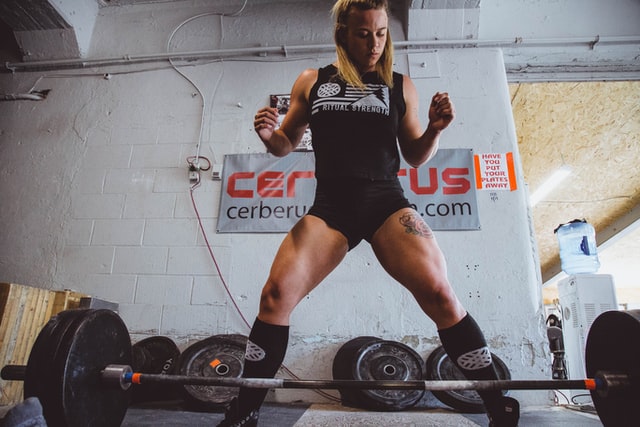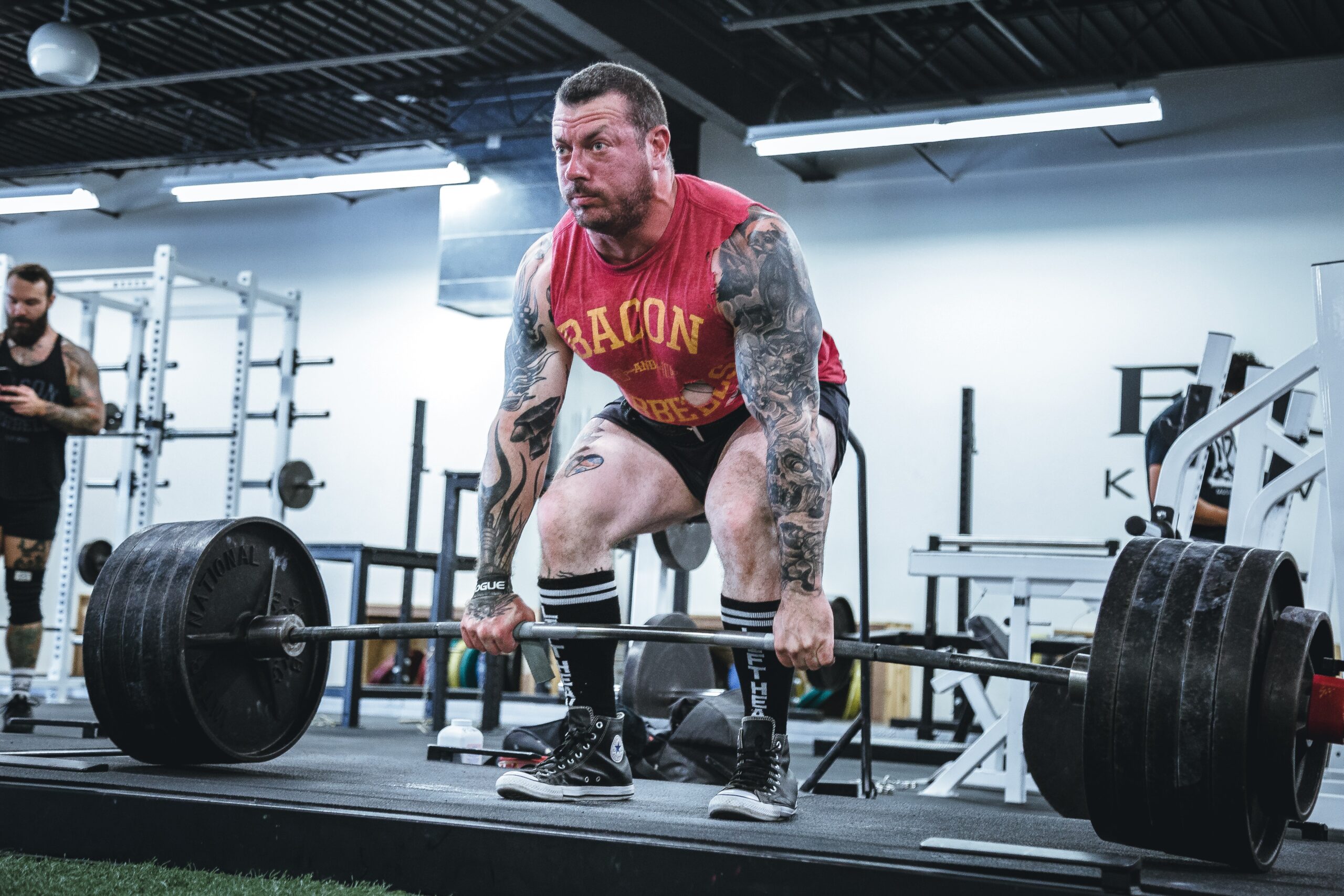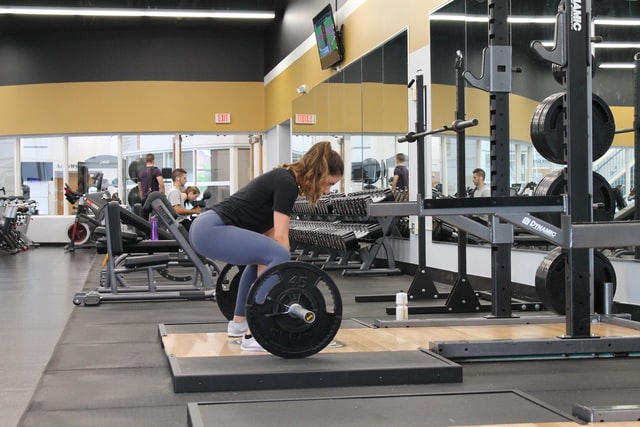Conventional vs Sumo – Should you switch?

When it comes to the deadlift - there are two (main) ways athletes go about executing the movement. These are the sumo deadlift and the conventional deadlift. The difference between the two - in its rawest and most simple of forms - is that in the sumo deadlift, the athlete places their hands between their legs. In a conventional deadlift, the hands are outside of the legs.
The sumo and conventional deadlift also bias different muscle groups. While any deadlift/hinge movement is always going to work the posterior chain - i.e. the hamstrings, glutes, erector spinae, etc - the sumo deadlift puts a greater emphasis on the knee extensors due to the typically increased flexion in the knee joint, leading to greater stimulus for the quadriceps as well as supporting tendons and ligaments such as the patella tendons.
The conventional deadlift, on the other hand, biases the posterior chain due to the higher hip position and subsequently less flexed knee joint. The higher hip position of a conventional deadlift also leads to more stimulus for the muscles in the back as the athlete must resist being pulled forward by the weight of the barbell.

So, what determines whether or not somebody should use the sumo deadlift over the conventional deadlift? As always, you can find plenty of theories that determine your most effective stance. These theories will often focus on limb lengths and proportions, using fundamental bio-mechanical principles to determine which stance would offer the shortest moment arm and hence the greatest leverage. However, as I will forever preach in my coaching, theory is just that - theory. Many other elements will play into whether or not you are stronger pulling sumo than conventional - such as muscular dominance and smaller minutia such as how your femur (thigh bone) sits in the hip socket. All of these things add to the equation that determines your most effective stance.
Some things to consider - though - are: those with longer femurs will typically be stronger sumo. This is due to the increased external rotation of the femur in the hip socket, which subsequently brings the hips closer to the bar, whereas in a conventional position the femur’s length determines how close the hips can get to the bar.
Due to the more upright torso position that the sumo deadlift affords, those with back issues often find that it is a better movement for them as it causes them the least discomfort.
The question “should I pull sumo?” is often best answered with experience - rather than theory. If you want more focus on your quads, give it a go - less emphasis on your back? Give it a go. You get the idea.


Recent Comments